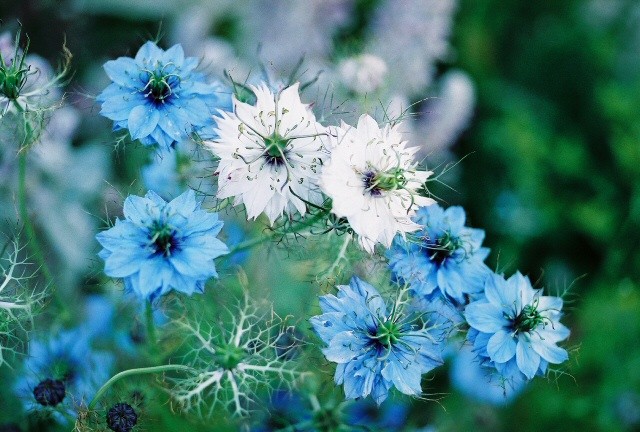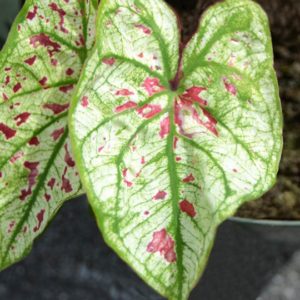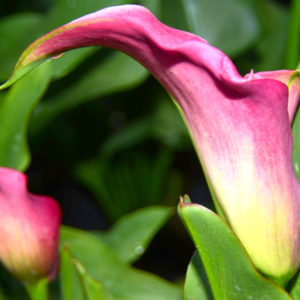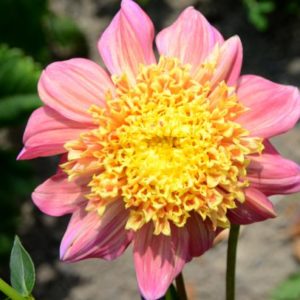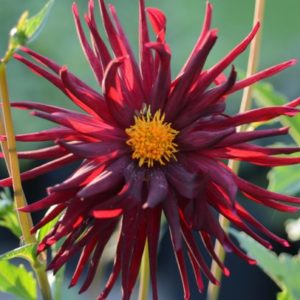Description
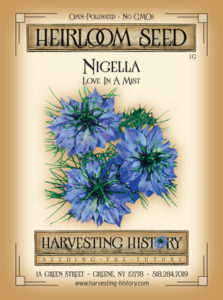 Nigella, Love In A Mist
Nigella, Love In A Mist
Nigella, also known as Love-In-A-Mist, Jack-In-The-Green or Lady-In-The-Bower, is an annual and member of the Ranunculus Family. It is native to southern Europe and the northern regions of Africa. It has been cultivated in British and European gardens since 1548, but it has been known since Biblical times when in Isaiah 28:27, it was called the “Bitter Fitch”. The name Nigella comes from the word, niger, which means black. It refers to the color of the seeds which are used in medicinal and culinary applications. The seeds, when crushed into a paste, were used to banish freckles. The leaves are used in various recipes as an aromatic. The plant was introduced into the United States by colonists in the 1600’s. The colonists cultivated the plant for its exotic looking blossoms that made excellent cut flowers and for its seeds and leaves which they used in their cooking. Joseph Breck in his 1851 book, The Flower Garden, described the plant in this way, “…The species are curious or neat little plants, with fine-cut leaves, like fennel…In some parts of Europe, the leaves and seed…are used in cookery, instead of more expensive aromatics. They are also said to be extensively used in the adulteration of pepper…Flowers in a leafy involucre.” The original Nigellas were 2 or more feet tall and produced blue flowers. By the end of the 16th century, a white flowering Nigella had been developed along with double flowering forms. Plants today are much shorter, approximately 8 inches, and come in a variety of colors including pink, rose, white, blue and purple. The seed pods which resemble tiny blowfish are easy to preserve and provide dried arrangements with some exotic interest. Nigellas are very easy to grow from seed. They perform best in poor soil and full sun and they are prolific reseeders. Once established, they tend to perpetuate themselves year after year.

